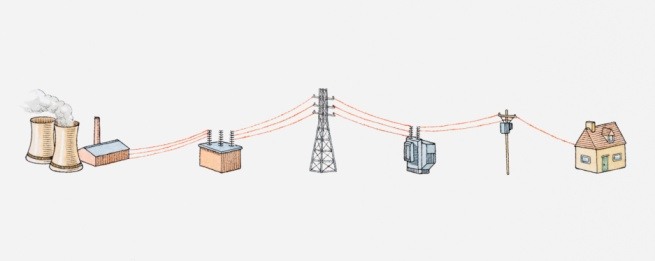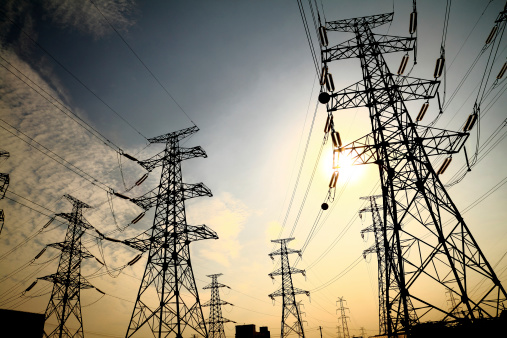 Every time you flip on a light, turn on a computer or plug in your cell phone, you are sending a message to your electrical panel. Meanwhile, major appliances – such as your air conditioner, furnace, refrigerator and microwave – are making demands on the electrical panel at the same time.
Every time you flip on a light, turn on a computer or plug in your cell phone, you are sending a message to your electrical panel. Meanwhile, major appliances – such as your air conditioner, furnace, refrigerator and microwave – are making demands on the electrical panel at the same time.
The so-called “brain” of your home's electrical system registers when all is well or when the interior wires get overloaded with demand, which is when they “trip,” or turn off.
While your electrical panel isn't a high-maintenance component of your home, it does require periodic checks to ensure that it works as it should and guards you against the very real danger of electrical fires.
What a Local Electrician Hopes to Find
If you have any doubt about the veracity of your home's electrical panel, you should immediately call Experts In Your Home in Chico, CA so that we can inspect it. At the very least, the panel should clearly display which breaker corresponds to which room or major appliance in your home. Without this helpful “road map,” you have to revert to the time-consuming process of trial and error to determine which breaker controls which outlets in your home.
A licensed local electrician from Experts In Your Home will be looking for another sign to ensure that your electrical panel is safe – namely, that it is not a Federal Pacific Electric Company or Zinsco panel. Both contain design flaws that could trigger a fire.
And here's the most troublesome point: Sometimes the panels are labeled with the manufacturer's name and sometimes they're not. An imprinted label could have faded or a paper label may have crumpled and fallen away. This is when you need Experts In Your Home to inspect your electrical panel and identify its manufacturer.
You're not alone if you're wondering why something as vital as an electrical panel reached a perilous state. Here's why:
- Federal Pacific breaker panels were commonplace from the 1950s to the 1980s. While they often worked as they should, it was found that even one short circuit or overcurrent could cause the panel to overheat and become a fire hazard. The wires may have been overcrowded in the box, the bus bars may have been spring-mounted or the breakers could still have been active even when they were placed in the “down” position. On top of all this, the Consumer Product Safety Commission found that Federal Pacific breakers may be weak, which means that they might not trip when they should and so also could set off a fire.
- Zinsco panels ceased production in the 1970s, but a surprising number of them still exist. These panels are especially problematic because some components contain aluminum, the connection between the breakers is often shaky, the bus bar is prone to early corrosion and while the breakers may appear to be in the “off” position, the panel is still working as a conduit for power. Any of these scenarios could trigger a fire.
More than half of the homes in the U.S. were built before the 1970s, when these two electrical panels were produced. At this time, homes were equipped with about 60 amps of electrical service. Today, most homes should have at least 150 amps.
You might have one of these homes, and if you do, contact an expert local electrician at Experts In Your Home to update your electrical panel. Part of the wonder of electricity is that we usually don't give a thought to it – every time we flip on a light, turn on a computer or plug in a cell phone. Knowing that you have a safe electrical panel in your home will help preserve your peace of mind.
To learn more ways our experts can help you in your home, download our free offer below.








